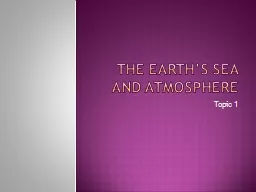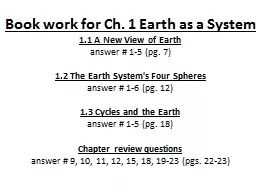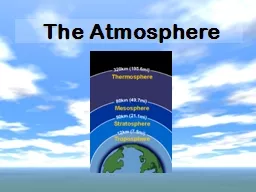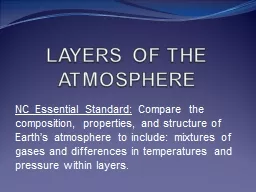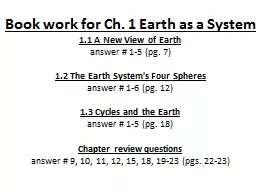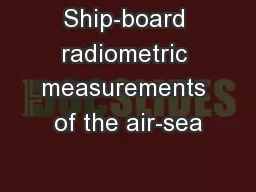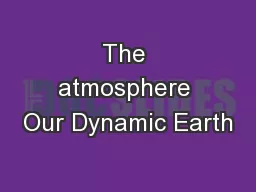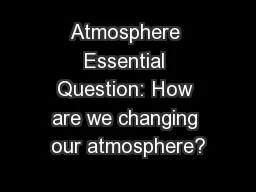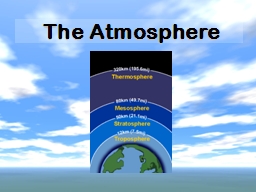PPT-The Earth’s sea and atmosphere
Author : giovanna-bartolotta | Published Date : 2018-03-16
Topic 1 Key Points C11 The early atmosphere When the Earth was young it was very hot and there were lots of volcanoes The gases that escaped from these formed the
Presentation Embed Code
Download Presentation
Download Presentation The PPT/PDF document "The Earth’s sea and atmosphere" is the property of its rightful owner. Permission is granted to download and print the materials on this website for personal, non-commercial use only, and to display it on your personal computer provided you do not modify the materials and that you retain all copyright notices contained in the materials. By downloading content from our website, you accept the terms of this agreement.
The Earth’s sea and atmosphere: Transcript
Download Rules Of Document
"The Earth’s sea and atmosphere"The content belongs to its owner. You may download and print it for personal use, without modification, and keep all copyright notices. By downloading, you agree to these terms.
Related Documents

